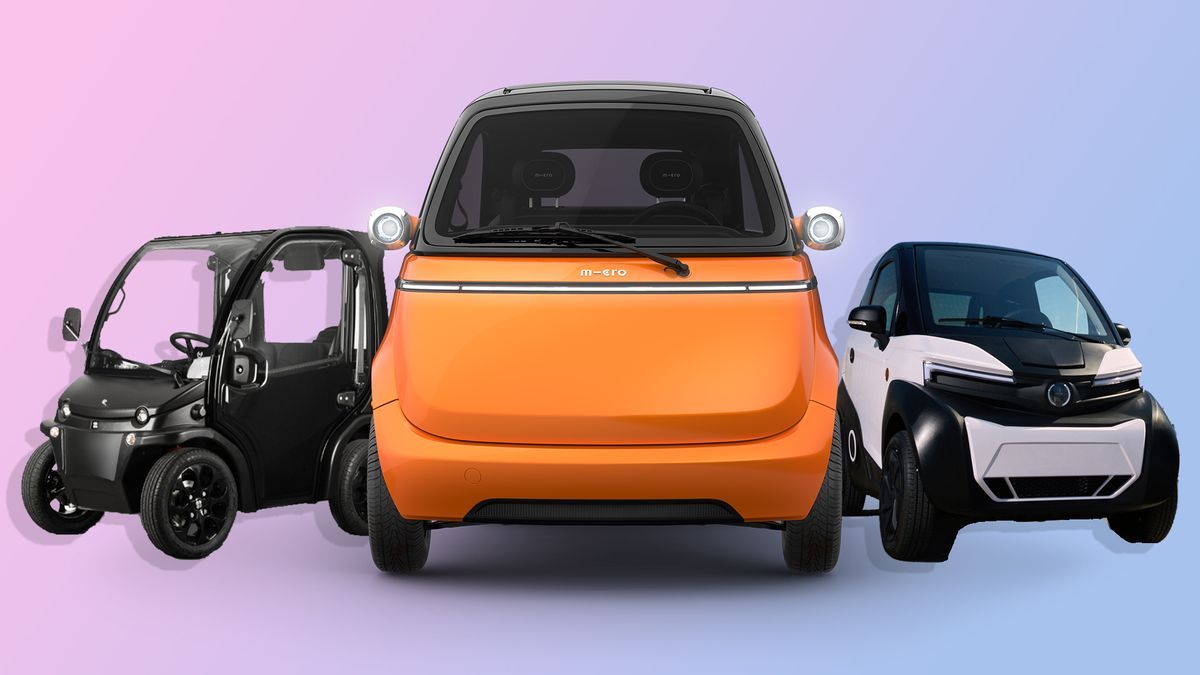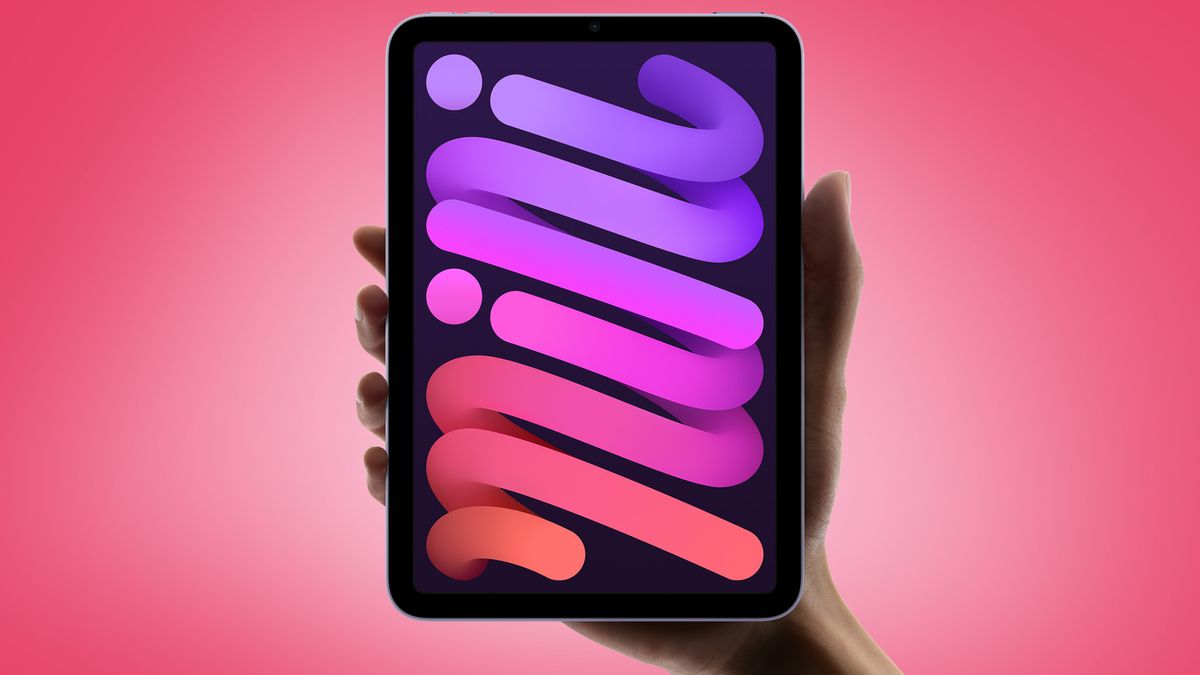Many cities around the world are facing a congestion crisis, and where governments and local authorities have seen fit to curb CO2-spewing tailpipe emissions, the humble automobile is being phased out of many urban areas.
Although the microcar is nothing new (the petrol-powered Peel P50 was launched in the early 1960s), it is experiencing something of a renaissance thanks to those traffic and pollution problems. Additionally, with battery and electric motor technology now considered the “cleaner and greener” option, most modern models have gone electric.
Renault arguably pioneered the genre with its original Twizy, which was once the best-selling plug-in vehicle in Europe before its phase-out, while Citroën recently rekindled the microcar flame with its Ami, which remains one of the cheapest electric cars you can find. buy.
“In terms of mobility, we have to start thinking about how we are moving. If we think about (modern) cars and how big and heavy they are, we are going in the absolutely wrong direction. We need to be more sustainable and cars they need to get smaller,” Microlino co-founder Merlin Ouboter told The Fully Charged Show.
Merlin is not wrong, as it is not unusual for a modern electric SUV to weigh three tonnes, while the physical footprint of today's vehicles has skyrocketed to accommodate customers' action-packed lifestyles and to adapt to the large… and often very heavy: batteries. This simply doesn't work when parking spaces are scarce. Get into the microcar.
“In many cities in Spain, it is simply not practical to try to drive and park a car, which is why we see such a high concentration of scooters and motorcycles,” said Pablo Barrios, business development director at electric vehicle and mobility company Silence. . with me at this year's Geneva Motor Show.
“But we also know that there is a demand for something that is protected from the elements, offers comforts such as air conditioning, and has space to store purchases, which is why we developed our S04 Nanocar model. It is quickly gaining popularity throughout Europe and is usually the fastest and easiest way to get around the city,” he added.
Even in the United States, where larger cars loom large on the landscape, microcars have begun to gain ground, including the $11,900 local electric vehicle (NEV) from startup Eli, which now offers its Zero model both in Europe and in the rest of the world. In the USA.
With that in mind, here are some of the key players and emerging names to watch in the microcar space…
Microlino and Microlino Lite
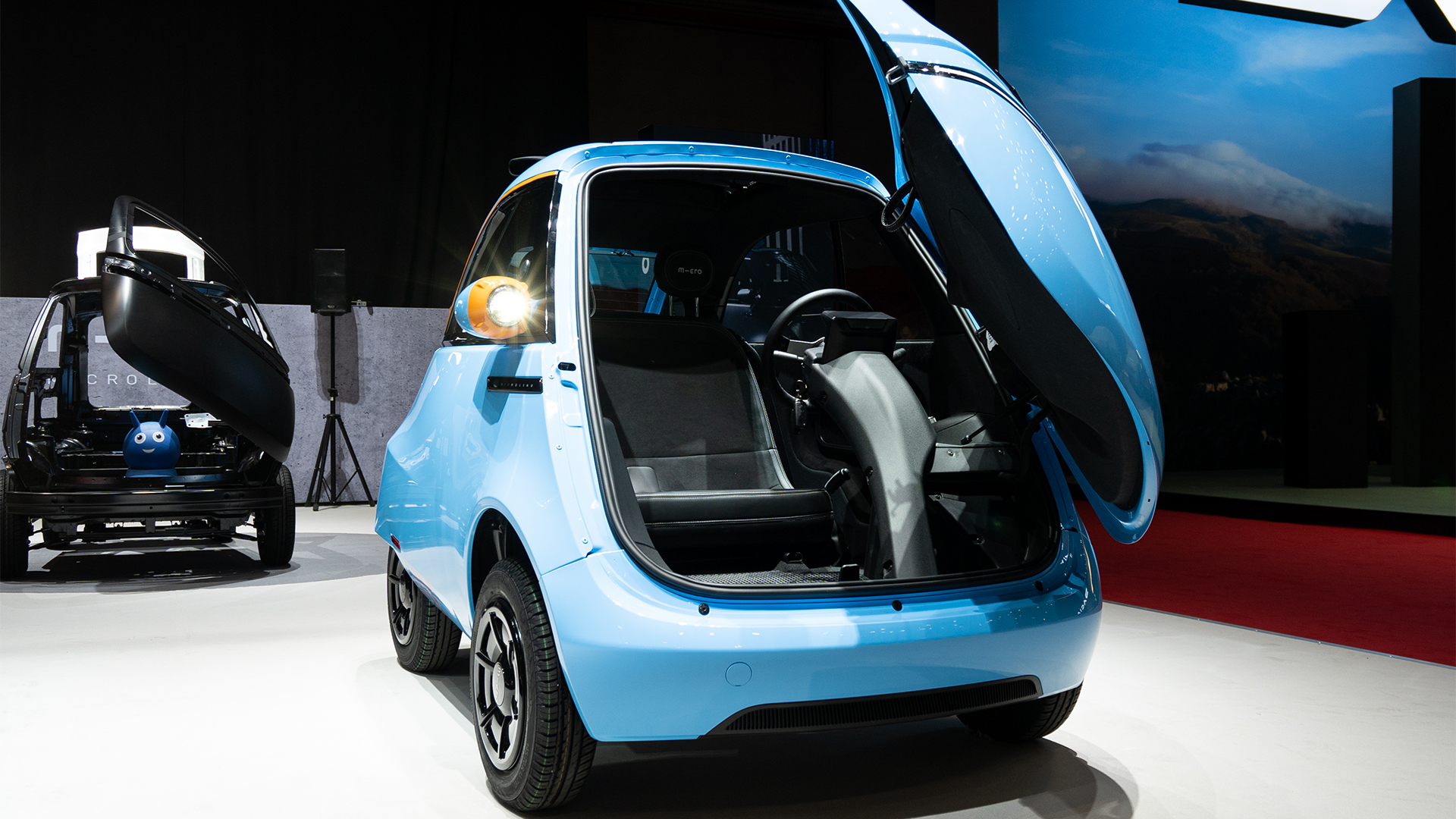
The Microlino very much deserves its place in this guide, not least because of its absolutely adorable design.
The Swiss company behind the Micro scooter, which itself has been all the rage around the world, set out to design a low-powered, equally low-maintenance electric vehicle that even 14-year-olds can legally drive in income markets.
It comes in two flavors, the smaller one being inspired by the famous Isetta Bubble Car of the 1950s. The Microlino Lite features the same front-opening 'refrigerator door' and three-wheel design as its retro predecessor, but This completely modern version is powered by batteries and electric motors.
It weighs just 435kg, meaning it can travel 62 miles on a single charge and recharging the batteries takes around two hours from a household socket. There's also a larger 11 kWh battery option (standard is 5.5 kWh) that extends range to 180 km, or 112 miles, but takes four hours to charge.
The larger, four-wheeled Microlino has room inside for two and has a top speed of around 90mph, making it more suitable for longer journeys. Opt for the larger battery packs and you'll be able to cover a staggering 114 miles on a single charge.
The Microlino is already in production and on sale in several European markets, with the United States being the next big target. It costs 21,990 euros (around £19,000 / $24,000 / AU$36,500), which is expensive, but the Lite version will be offered on a lease basis in its home city of Switzerland, rather than an outright purchase. Micro suggests monthly payments of CHF149, which is roughly equivalent to €156/£134 or $169/AU$259.
Silence S04 Nanocar
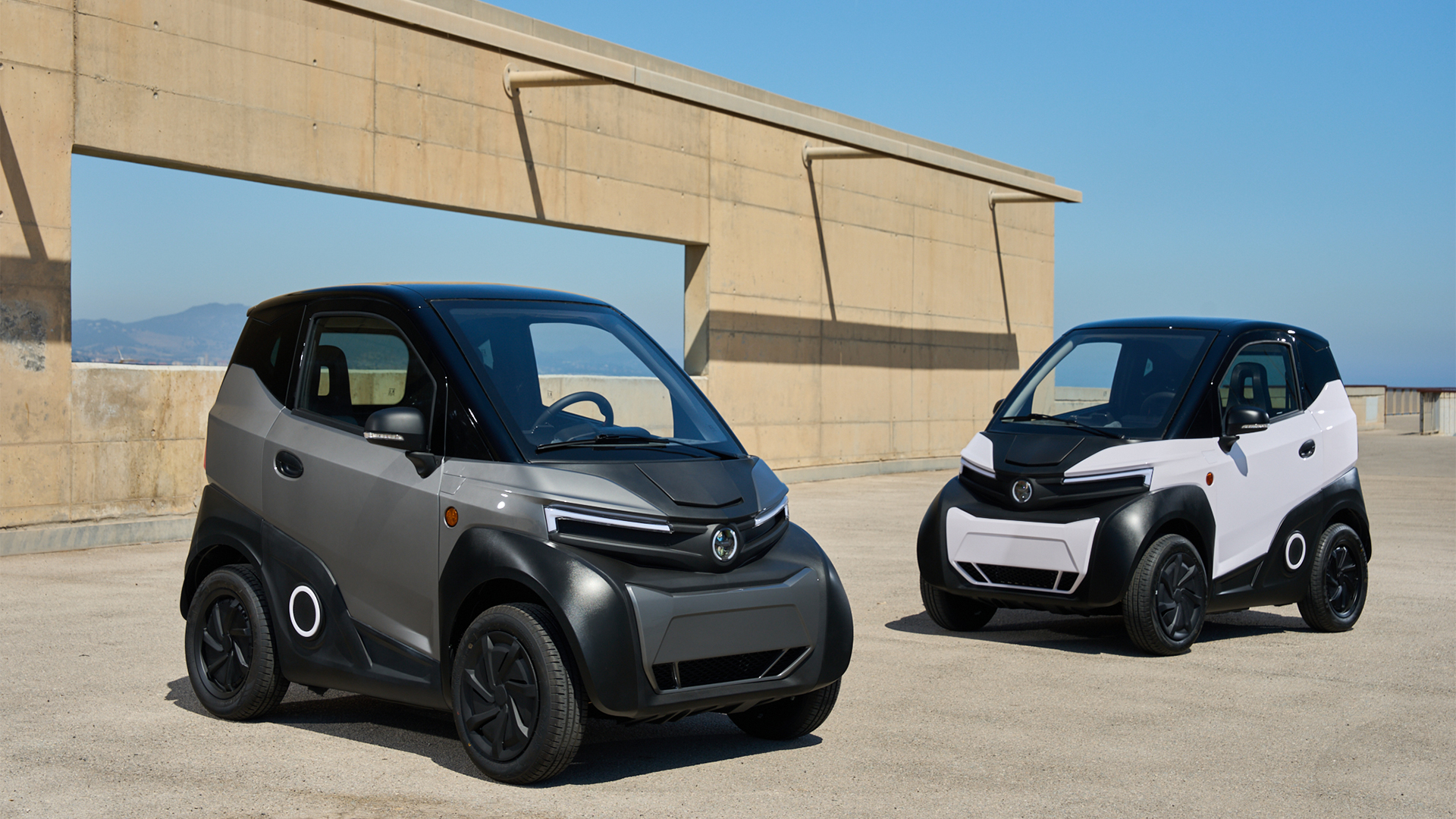
Proudly displayed at this year's Geneva Motor Show, the Silence S04 Nanocar has been rapidly appearing in markets outside its Spanish home country, gaining popularity for its clever battery design that also powers Silence's range of electric scooters. .
These large cuboid packs (the Nanocar requires two) feature retractable wheels, meaning they can be easily removed from the vehicle if in doubt and dragged to a socket, scooter or even the many Silence battery swap centers with ease.
The S04 costs £15,995 (around $20,000 / AU$30,000) to buy outright, but Silence is another company promoting a monthly rental fee or membership package. In Spain, it is possible to register and use both scooters and the Nanocar for a convenient price. Alternatively, Silence allows customers to purchase the vehicle and then rent the battery technology to keep the cost down.
As a means of transportation, the S04 Nanocar is capable of reaching a top speed of 52 mph, can travel around 92 miles on a single charge, and includes USB smartphone chargers, plenty of luggage space, and works keyless, simply requiring an app. of smartphone to unlock.
Eli Zero
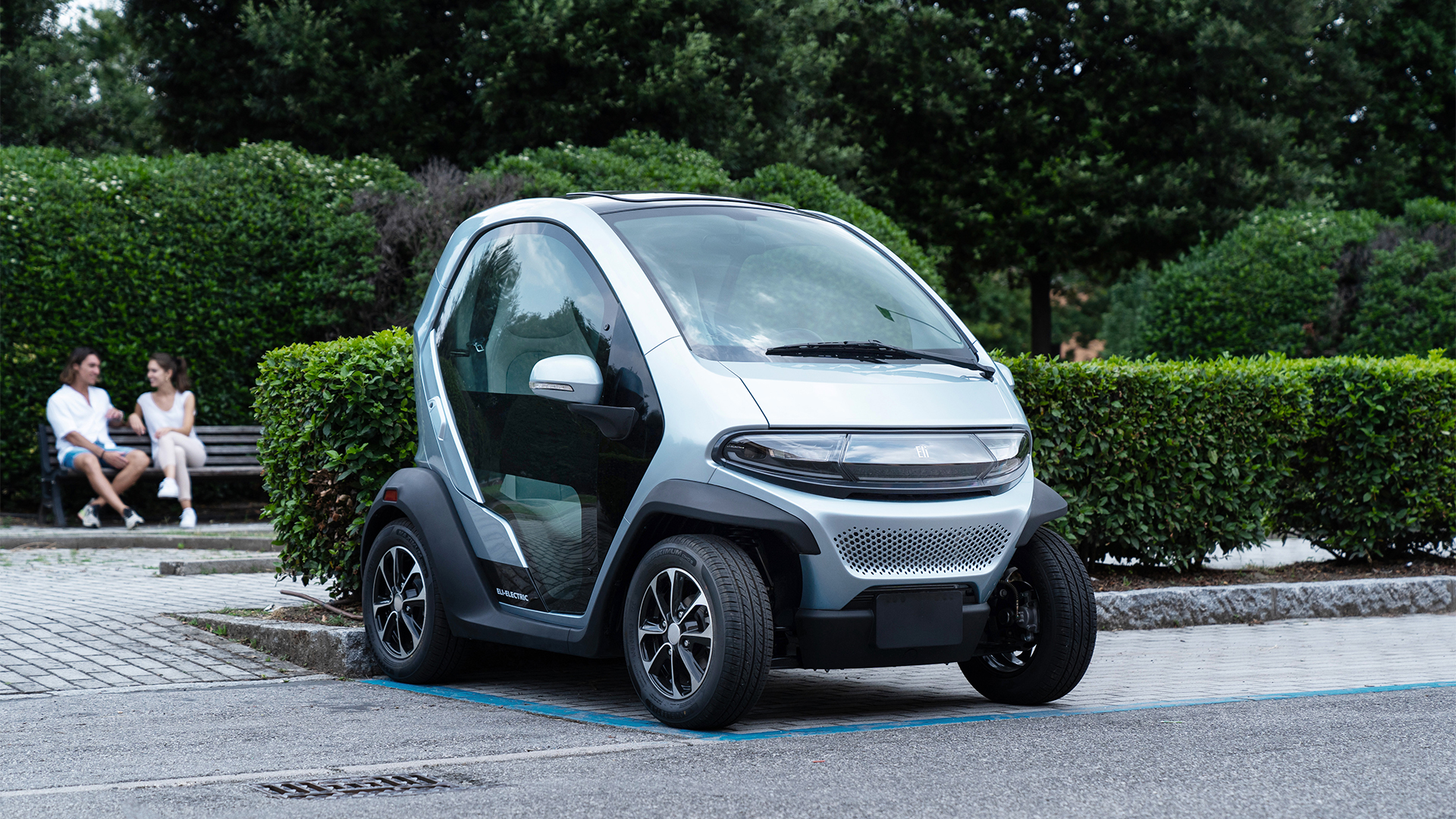
Offering a range of 60 miles and top speeds of 25 mph, the diminutive Eli Zero is designed to get from A to B with minimal effort and replace those quick trips into town that a scooter or moped would likely have covered, albeit with better protection. from the elements, air conditioning, power steering, a rearview camera and even an optional head unit with Apple CarPlay and Android Auto functionality.
Bookings have already opened in the US, despite regulations making it difficult for the Microcar to succeed due to strict crash safety legislation. As a result, it is only legal to drive on roads with a 35 mph speed limit, for example, hence the neighborhood EV categorization.
However, that doesn't stop the Eli from including Bluetooth speakers, comfortable seating for two, LED headlights and a fancy keyless start system. It may look like a glorified golf cart, but it has more in common with proper passenger cars when it comes to equipment.
Eli says it has the capacity to produce around 4,000 Zero models per year, although it has not yet revealed how much interest it has generated so far.
biró
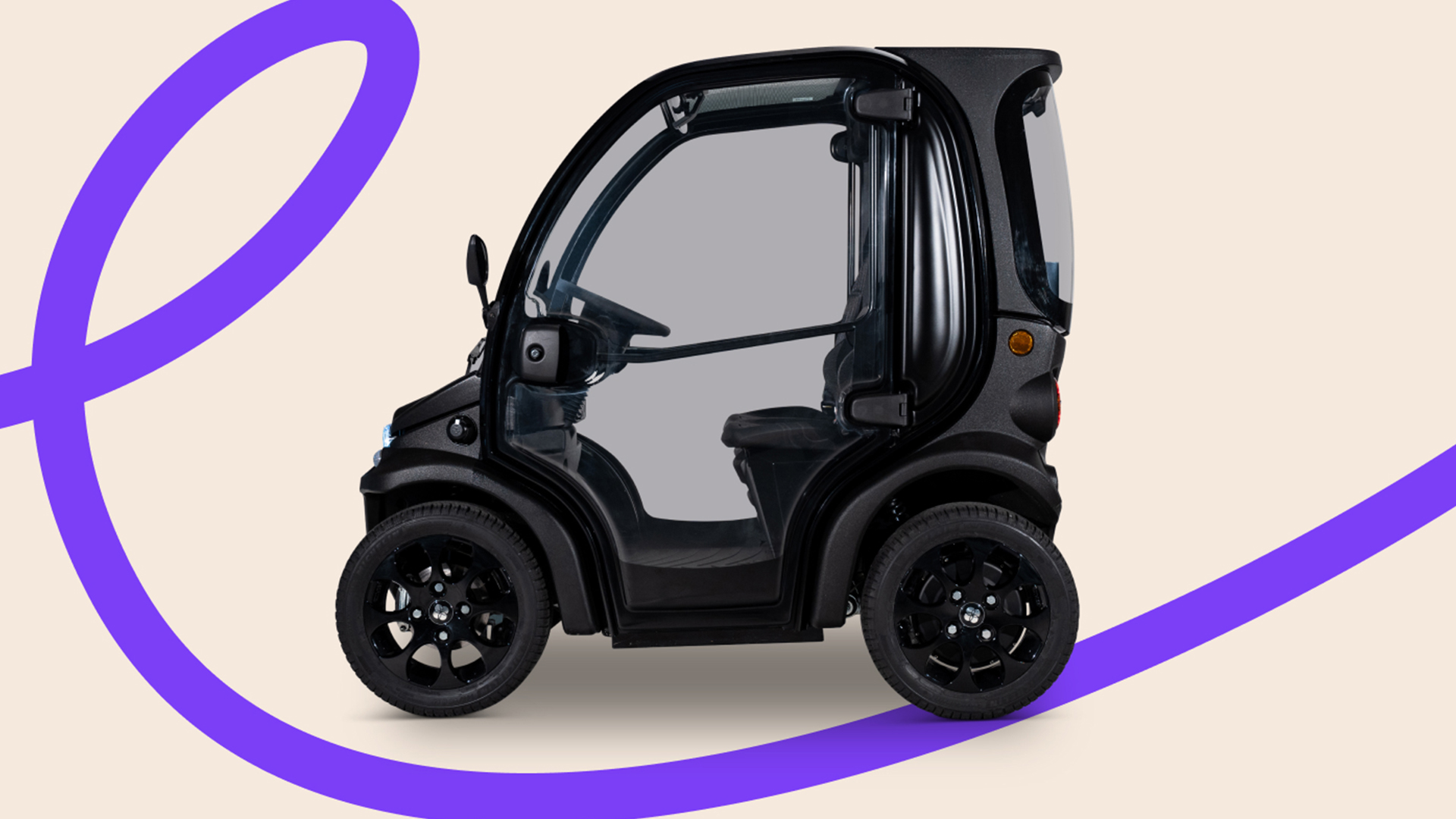
Originally from Italy, Birò takes a similar approach to small personal transportation like Silence, offering quick-change battery technology in its models and highly customizable mobility solutions that range from the cheapest and simplest ways to get around to those that can operate in colder climates and carry more load.
Birò wants to think of its products as small displacement motorcycles, with performance similar to the 50 cc and 125 cc scooters that currently exist on the market.
Top speeds range between 45 and 65km/h, but they are priced from £11,350 (around $14,000 / AU$21,500), making them much cheaper than most electric vehicles currently on the market. sale.
In Italy, there is the option to join a membership plan and gain access to a Birò when needed, and the company offers them in a 'Large' (two seats) or 'Small' (space for one) version, as well as 'Naked'. and 'dressed' configurations.
While the Microlino and Microlino Lite go for retro design and an incredibly cute appearance, the Birò is much more utilitarian. Although it still offers heated windshield, a digital speedometer and a smartphone holder.

